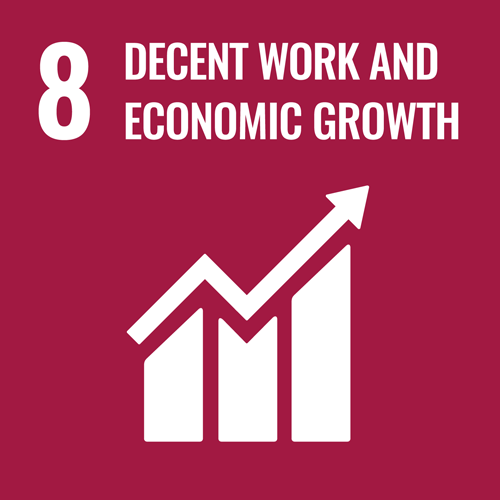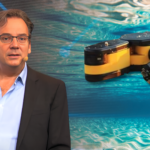By Irina Timoshenko
The integration of AI in robotics has the potential to create machine learning agents capable of interacting with the environment to complete a range of tasks, bringing humans and technology closer together.
The AI for Good keynote, “The future of robots for good: The quest for embodied AI,” discussed the promise of robots to empower people throughout their lives by performing beneficial tasks in human-centered environments.
“Google has been pioneering AI and since the very first days has been trying to find new ways to apply AI to tackle the United Nations’ Sustainable Development Goals,” said Vincent Vanhoucke, Senior Director of Robotics at Google.
Advances and challenges in assistive robotics
Google is known for assisting the world in the digital life, but the company is eager to help people with physical activities as well. In his Keynote, Vincent Vanhoucke focused on the “attempt to tackle the problem of physical assistance” with robots. Unfortunately, the development of physically-assistive robots poses many technical problems.
The first challenge for robots is to navigate safely in human spaces. “Google has been working on giving robots some capabilities by using forms of behavior predictions that enable the robot to interpret the pose and gaze of people, what they are looking at, and what they are doing, in order to understand how their position and trajectory may change over time”, explained Vanhoucke.
Another issue is “how to communicate with robots and instruct them in a natural way”. Natural language can be very unstructured, vague and context specific. “The power of turning language into a programming language suggests that we can leverage that for robotics… We’ve been teaching the robots what their capabilities are.”
The biggest challenge, however, that remains open today is how to perform manipulation in the real world “and that’s a thorny problem that has been one of the main subjects of inquiry for a long time,” stated Vanhoucke. “The robots have to be able to correct themselves when they make mistake.”

“The level of diversity that exists in the real world is staggering, that is why data-driven approaches are very interesting in this context because you can experiment with a lot of different configurations that you may not be able to program into your robots,” said Vincent Vanhoucke, Senior Director of Robotics at Google.
To overcome the obstacles mentioned above, scientists have to think of different robot development models. The ideal robot will be the one which takes as an input various instructions of what it is supposed to do, and performs these actions as an output. “It enables us to explore the space of what is possible to do with the data that we have.”
“Reducing data-diversity without reducing the amount of available data leads to a performance drop. That insight changes the way we think about the problem and potentially opens up new avenues to be a lot more data-efficient and improve the performance of systems,” concluded Vincent.
The AI for Good Keynote emphasized the importance of developing robots that can interact physically with humans in a safe, accessible, and socially appropriate way.
To learn more about the future of robots for good, watch the full Keynote below.
Follow AI for Good to stay informed about the latest developments in AI and robotics.


















